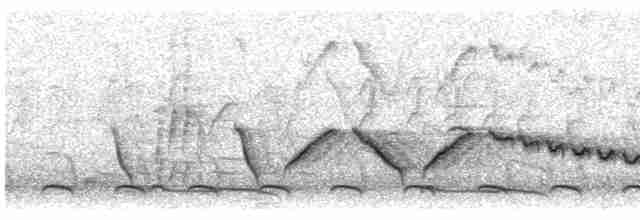Spiny Babbler Turdoides nipalensis Scientific name definitions
- LC Least Concern
- Names (18)
- Monotypic
Carol Inskipp and Hem S. Baral
Version: 2.0 — Published May 7, 2022
Revision Notes
Revision Notes
Sign in to see your badges
Species names in all available languages
| Language | Common name |
|---|---|
| Catalan | tordenc del Nepal |
| Dutch | Egelbabbelaar |
| English | Spiny Babbler |
| English (United States) | Spiny Babbler |
| French | Cratérope du Népal |
| French (France) | Cratérope du Népal |
| German | Nepaldrosselhäherling |
| Japanese | タテジマヤブチメドリ |
| Norwegian | nepalskriketrost |
| Polish | nepalotymal |
| Russian | Колючая дроздовка |
| Serbian | Nepalska brbljuša |
| Slovak | timáliovec nepálsky |
| Spanish | Turdoide Nepalí |
| Spanish (Spain) | Turdoide nepalí |
| Swedish | nepalskriktrast |
| Turkish | Nepal Yedikardeşi |
| Ukrainian | Кратеропа непальська |
Revision Notes
Carol Inskipp and Hem S. Baral revised the account. Tammy Zhang curated the media, and Gracey Brouillard copyedited the account.
Turdoides nipalensis (Hodgson, 1836)
PROTONYM:
Timalia nipalensis
Hodgson, 1836. Asiatic Researches; or, Transactions of the Society instituted in Bengal, for enquiring into the history, the antiquities, the arts and sciences, and literature of Asia 19, p.182.
TYPE LOCALITY:
Nepal.
SOURCE:
Avibase, 2023
Definitions
- TURDOIDES
- turdoides
- nipalense / nipalensis
The Key to Scientific Names
Legend Overview
UPPERCASE: current genus
Uppercase first letter: generic synonym
● and ● See: generic homonyms
lowercase: species and subspecies
●: early names, variants, misspellings
‡: extinct
†: type species
Gr.: ancient Greek
L.: Latin
<: derived from
syn: synonym of
/: separates historical and modern geographic names
ex: based on
TL: type locality
OD: original diagnosis (genus) or original description (species)

- Year-round
- Migration
- Breeding
- Non-Breeding
Distribution of the Spiny Babbler























